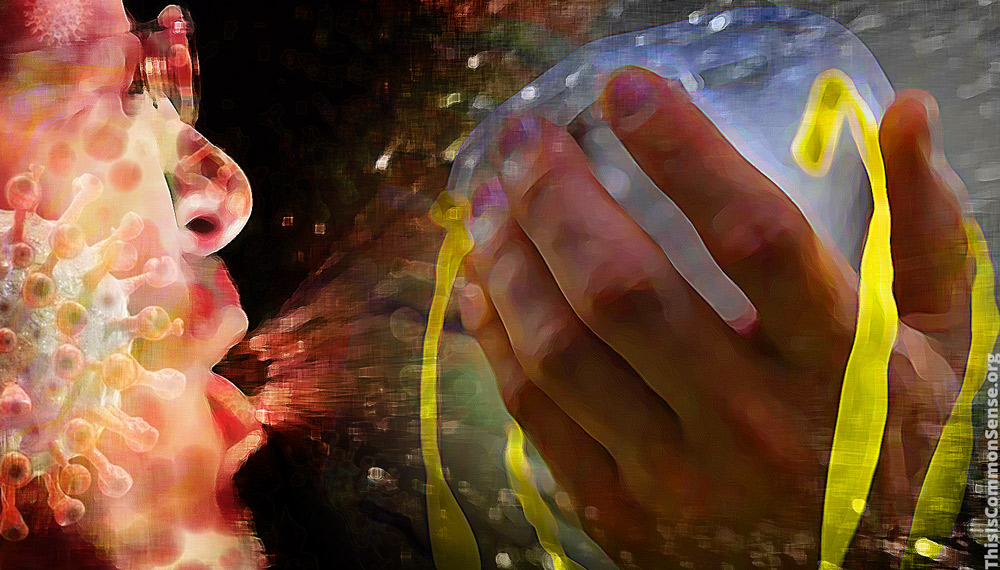Early in this pandemic, experts — including CDC officials — told us that if you aren’t a medical worker dealing with infected patients, wearing a mask is ineffective in protecting yourself and others.
Many reversed themselves, though without honestly explaining why they had ever downplayed the value of masks to begin with. Masks are even now mandatory some places.
But we still hear naysayers who declare masks to be pointless.
One blithely declares: “The main transmission path is long-residence-time aerosol particles (< 2.5 μm), which are too fine to be blocked.” That’s less than 2.5 micrometers. A micrometer is one millionth of a meter. Yes, small.
But “too fine to be blocked”?
A properly worn mask need not be 100% effective to block tiny particles. Viruses do not fly unerringly through holes and gaps in the mask. They have no guidance system and no little legs enabling them to scamper to a hole if it hits fabric.
Nor is the virus invariably unattached to larger particles.
Obviously, the better the filtering, the more effective the mask.
Suppose you go to a supermarket and
- wear a mask,
- try to keep your distance from others,
- go when fewer people tend to be shopping, and
- leave fast.
All pointless?
Short of wearing a hazmat suit or never leaving a one-resident home, no protective measure will be 100 percent effective all the time, infallibly. This doesn’t mean that partly effective measures should be dismissed as entirely ineffective.
A part of something is, well, not zero.
This is Common Sense. I’m Paul Jacob.

—
See all recent commentary
(simplified and organized)